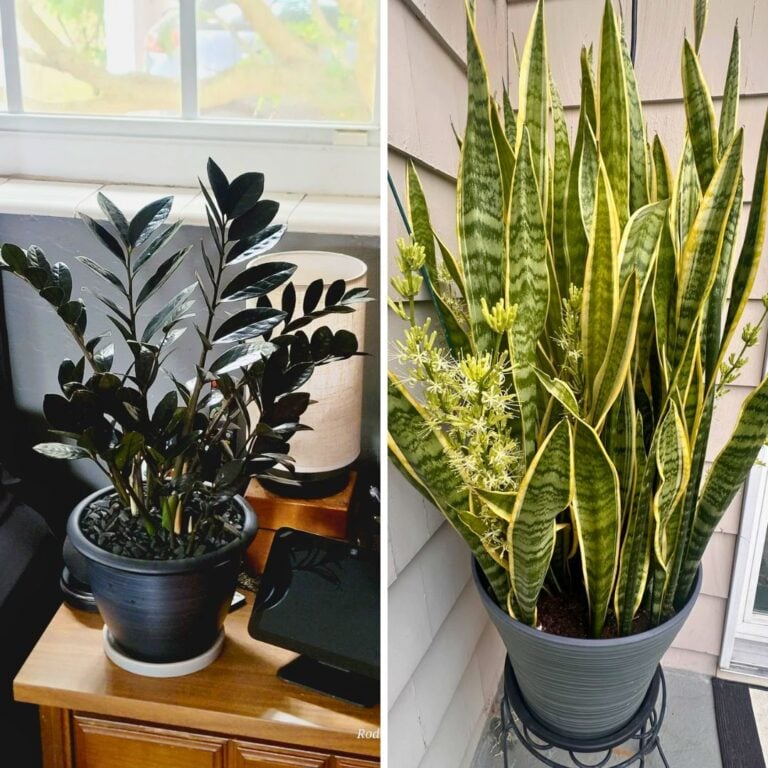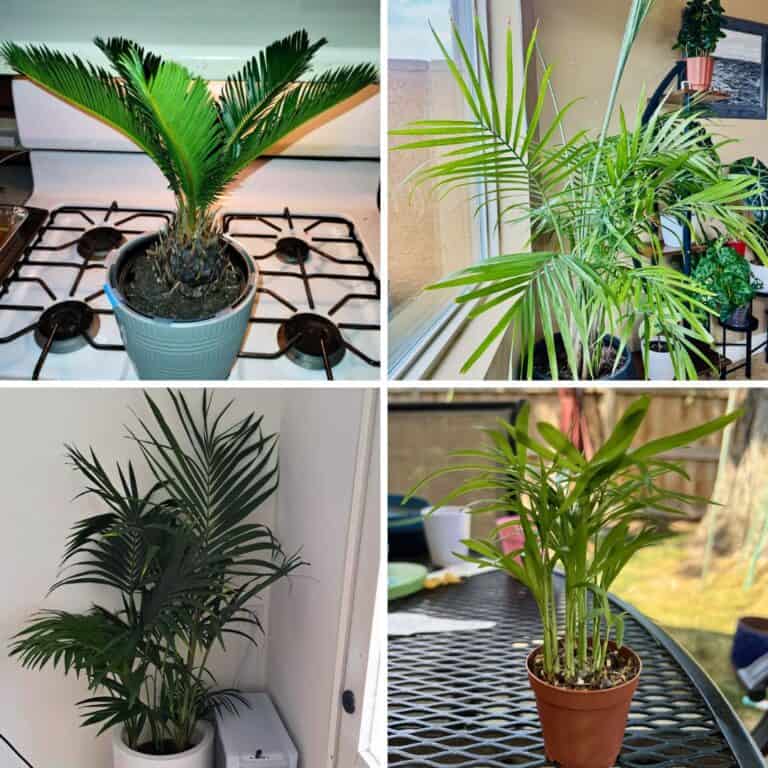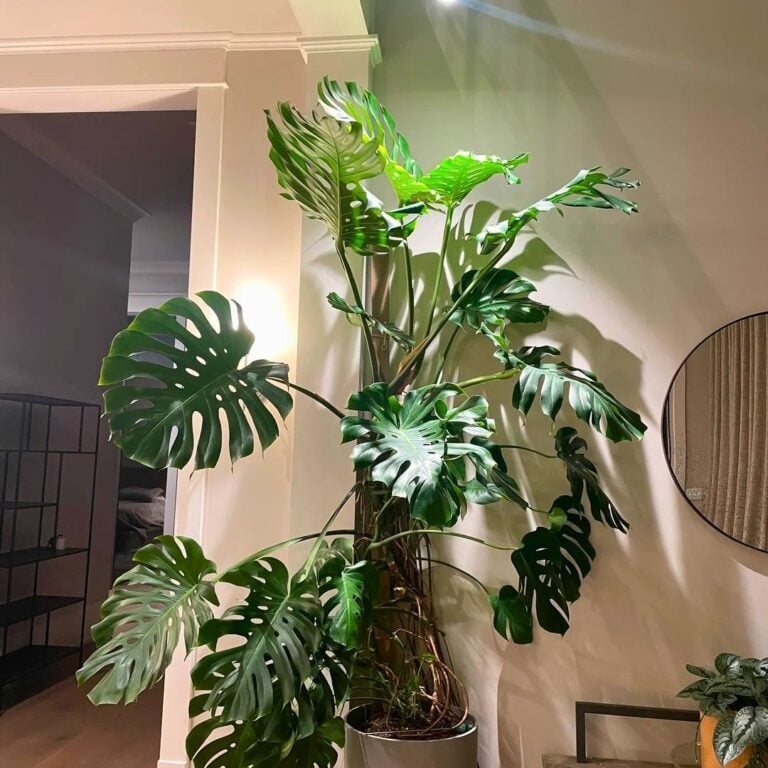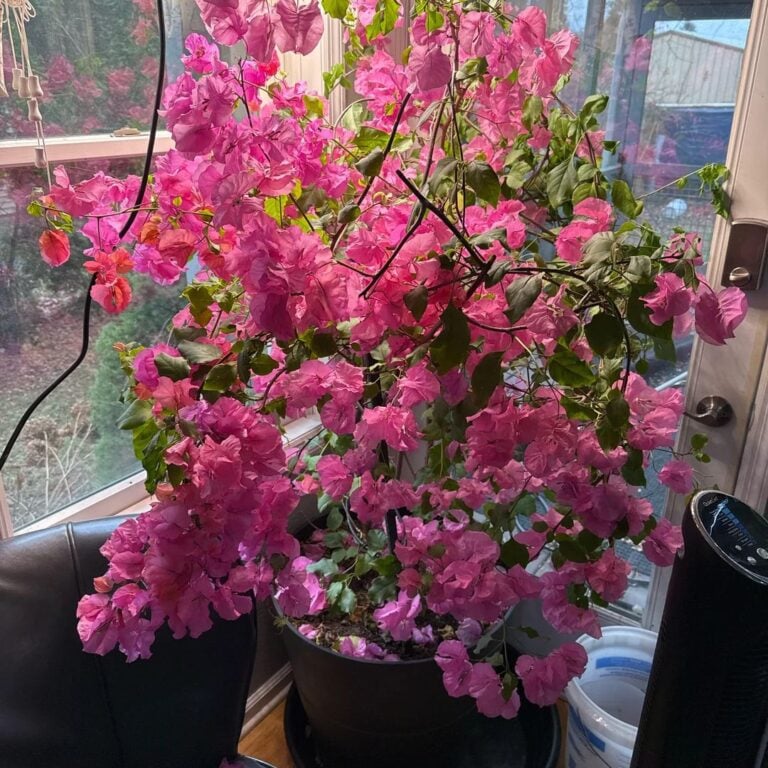5 Houseplants That Are Super Easy to Propagate in Summer
I really enjoy growing new houseplants, especially in the summer. Everything just feels fresh and full of possibility.
It’s honestly exciting to realize that some plants are so easy to multiply with just a few simple steps. With just a bit of water, sunlight, and a little patience, I can turn one plant into a bunch more.
Propagating houseplants lets me fill my home with greenery without spending a fortune. It’s kind of addictive, honestly.

Please note: Simplify Plants is reader-supported. As an Amazon Associate, I earn from qualifying purchases made by our readers with no extra cost added to you all! Some links in the post are affiliate links and I get a commission from purchases made through links in the post.
1) Pothos

Pothos are just ridiculously simple to propagate. These leafy vines are perfect for beginners, or honestly, anyone who wants quick results.
All I do is grab a healthy, long stem and use a clean pair of scissors. I snip the stem just below a node—the little bump where a leaf grows out.
That’s the magic spot where new roots show up. After cutting, I pull off any leaves near the bottom so they don’t end up rotting in water.
Next, I fill a glass with water and pop the cutting in. I make sure the nodes are underwater, but the leaves stay dry.
I usually set the glass somewhere with bright, indirect light. Roots often start growing within a week or two.
I check the water every few days, swapping it out if it turns cloudy. Once those roots hit about two inches, I move the cutting to soil.
Watching my Pothos grow is always rewarding. There’s something cool about knowing it came from a plant I already had.
Pothos look great on shelves or hanging in baskets. They’re tough and bounce back even if I forget to water for a bit.
They seem to thrive in pretty much any room. I like giving new Pothos plants as gifts, too.
A single plant can fill my space with even more green, fast. If you’re new to houseplants, Pothos is a no-brainer.
2) Spider Plant

Spider plants are another favorite of mine because they’re so easy to care for. They have long, green leaves and those cute baby plants—spiderettes.
In summer, spider plants grow like crazy, which makes it the best time to propagate them. All I do is look for the little spiderettes hanging from the main plant.
I snip off a baby with clean scissors. Then I pop the spiderette in a glass of water, making sure the roots touch the water but the leaves stay out.
I keep the glass in a bright spot, but not in direct sun. After a few days, roots start to appear.
Usually, the roots get nice and long within a week or two. When they’re about an inch, I plant the spiderette in a small pot with fresh soil.
I water it lightly and just watch it do its thing. It’s fun to see the new spider plant start making its own spiderettes before long.
I always suggest spider plants to anyone who’s just starting out. They’re tough, grow fast, and look good in any room.
Plus, there’s something satisfying about watching new plants grow. It never really gets old.
3) Snake Plant

I get a lot of satisfaction out of propagating my Snake Plant during summer. It’s honestly one of the easiest plants to multiply.
I start by cutting a healthy leaf near the base. I let the cut end dry for a day or two—otherwise, it can rot.
Sometimes I stick the cut leaf in water, making sure just the bottom sits in the water. Roots often show up after a few weeks if I keep the water clean.
Other times, I just push the leaf cutting directly into a pot of soil. I water lightly and leave it somewhere bright, but not in direct sun.
Snake Plants are super forgiving. If I forget about them for a week, they’re usually still fine.
That’s why I think they’re perfect for beginners. Growing new plants from one I already have feels pretty great.
I like sharing extra snake plants with friends and family. It’s such an easy way to spread the plant love.
4) African Violet

African violets are surprisingly easy to propagate. They have soft, fuzzy leaves and those cheerful flowers that come in all sorts of colors.
I like to pick a healthy leaf—not too old, not damaged—and cut it off with a clean knife or scissors, leaving about an inch of stem.
Sometimes I dip the cut end in water or a rooting hormone, but honestly, I often skip that and just stick the stem in water or moist soil. Both ways seem to work fine.
After a few weeks, I usually spot little roots starting to form. Tiny plantlets might pop up at the base of the leaf.
When that happens, I gently move them into their own pots. I keep my African violets in a warm place, out of direct sun.
They need light, but not too much. I try to keep the soil moist, but never soggy.
It’s always exciting to see new African violets grow from just one leaf. It’s a fun way to share plants with friends or family.
Even if you’re a beginner, you’ll probably have success and end up with a bunch of new plants by summer’s end.
5) Philodendron
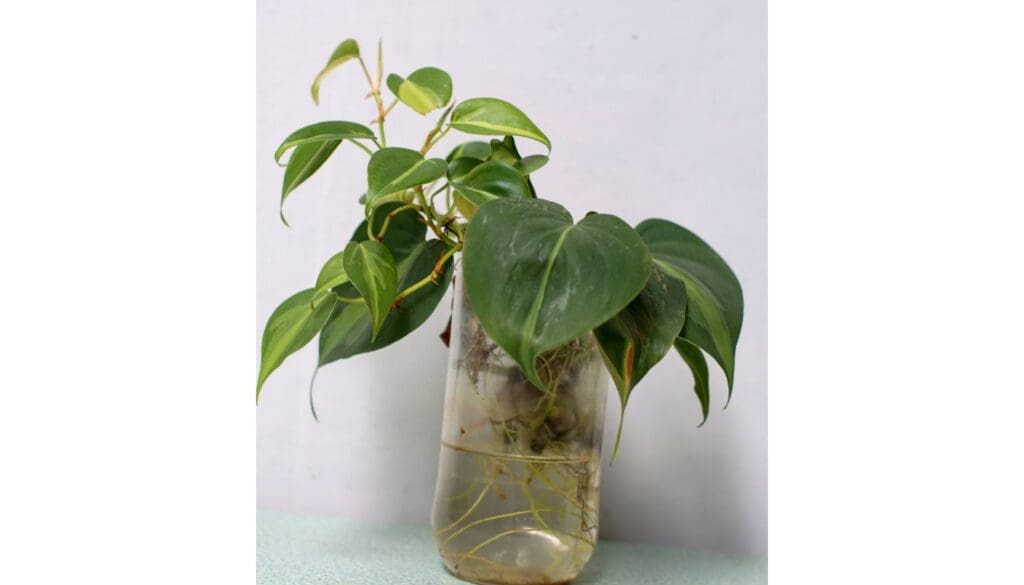
Philodendrons are so reliable for summer propagation. They’ve got thick, sturdy stems and plenty of leaves, so I can get lots of cuttings from just one plant.
I use clean scissors to cut a piece with at least one leaf and a node—the little bump where roots will grow.
I always put my cutting in a glass of water, and keep it somewhere bright but out of direct sun. After about two weeks, tiny roots usually start to appear.
It’s important to change the water every few days. Clean water helps prevent rot and keeps the cutting healthy.
Once the roots are a couple inches long, I plant the cutting in fresh soil. I make sure the soil is damp but not soggy.
My new Philodendron usually starts growing quickly once it’s settled in. It’s always fun to see new leaves pop up.
Philodendrons can handle a lot and don’t need much attention. Even if I forget to water them sometimes, they bounce back.
Philodendrons are awesome for beginners. They’re easy to share, too. Just a glass of water and a little patience is all it takes.
Essential Tools and Materials for Easy Propagation

For summer propagation, I keep things simple and stick to tools that actually work. I also use potting mixes that help new cuttings grow strong roots fast.
Choosing the Right Cutting Tools
Sharp, clean tools are a must for healthy cuttings. I use pruning shears, scissors, or sometimes just a small sharp knife.
Clean cuts help the plant heal and lower the risk of disease. Before each use, I wipe my cutting tool with rubbing alcohol or soap and water.
Dull blades are a no-go—they can crush stems and cause problems. Here’s my quick tool checklist:
- Sharp pruning shears or scissors
- Small, clean knife
- Rubbing alcohol or disinfecting wipes
With the right tools, my cuttings usually root faster and look healthier.
Best Potting Mixes for Summer Growth
A good potting mix lets roots breathe and doesn’t hold too much water. I look for light, well-draining soil.
I avoid heavy garden dirt or anything that stays soggy. For most cuttings, I mix equal parts potting soil, perlite, and peat moss.
Sometimes I use coco coir instead of peat moss if I want better moisture balance. If I’m rooting in water first, I move the cuttings to this mix once roots show up.
Some helpful extras:
- Perlite for more airflow
- Sand for succulents or cactus cuttings
- Sterile soil to prevent mold or fungus
A healthy mix gives my cuttings the best possible start in summer.
Troubleshooting Common Summer Propagation Problems
Summer heat makes cuttings grow fast, but it can also cause headaches like root rot or pests. Knowing what to watch for helps me keep my plants happy.
Preventing Root Rot in Warm Weather

Root rot is a big issue when it’s hot and humid. Warm, wet soil is a playground for fungi and bacteria.
I always use a clean pot and fresh, well-draining soil. That keeps water from pooling around the roots.
I never water if the soil’s already damp—I just stick my finger in to check first. I try not to leave cuttings in water for too long, either.
If water gets cloudy or smells funky, I change it right away. For soil, I keep cuttings in bright, indirect sunlight and use pots with drainage holes.
If I spot mushy stems or black spots, I trim off the bad parts and let the cutting dry before replanting. Here’s my quick checklist:
- Use clean tools and containers
- Choose well-draining soil
- Water only when the soil feels dry
- Change water every couple of days for water propagation
How to Manage Pests on Young Cuttings
Young cuttings can attract pests like aphids, spider mites, and fungus gnats. These bugs multiply fast in summer, which is pretty annoying.
I check my cuttings for tiny bugs, webbing, or sticky spots. If I spot pests, I rinse the plant under gentle water.
A cotton swab with rubbing alcohol helps remove bugs from stems and leaves. If gnats show up, I let the soil dry out a bit before watering again.
For a gentle spray, I mix a few drops of dish soap in water and mist the plant. That usually gets rid of pests without hurting the cutting.
Tips for pest control:
- Inspect leaves and stems every few days
- Rinse cuttings with cool water if pests appear
- Use gentle soap spray for early infestations
- Keep cuttings spaced apart for airflow
- Let soil dry out between waterings to discourage gnats
Staying on top of things helps me keep my summer cuttings healthy and pest-free.
Frequently Asked Questions
I’ve found summer is just the best time to grow new houseplants from cuttings. There are a few easy steps I follow to help my plants root well and avoid common mistakes.
What are the best ways to propagate succulents during the warm months?
I cut a healthy leaf or stem from the main plant and let it dry out for a day or two. That way, it won’t rot.
Once the end is callused, I set the cutting on top of well-draining soil. I water lightly until roots show up.
Can you give tips for propagating a pothos plant in water?
I cut a pothos vine just below a node—the little bump where a leaf joins the stem. Then I put it in a jar of clean water, making sure at least one node is underwater.
I change the water every few days and keep the jar in a warm, bright spot, but out of direct sun.
How do I care for newly propagated plant cuttings in the summer?
I usually keep my cuttings somewhere with bright, indirect sunlight—too much sun and they’ll just shrivel up. It’s easy to forget, but I only mist them when the soil feels a bit dry; overdoing it with water is a recipe for trouble.
Honestly, warm and humid summer air seems to give most houseplants a real boost when it comes to rooting.
What are the signs that my propagated cuttings have rooted successfully?
If I give the cutting a gentle tug and it doesn’t pop right out, that’s a good sign roots have started to form. Sometimes I’ll spot a new leaf or a tiny growth tip peeking out, which is always exciting.
The healthiest roots are usually white or light tan. If I notice roots that look dark and mushy, well, that’s not good—it probably means the cutting is starting to rot.
Are there any common mistakes to avoid when propagating houseplants?
Overwatering is probably the most common mistake, especially during the summer. I try to keep the soil just damp enough, never soggy.
Direct sunlight is another thing I avoid—it can dry out cuttings in no time. I also make a point to use clean tools and containers, just to keep pests and diseases at bay.
Is it possible to propagate a ZZ plant, and if so, how?
Absolutely, you can propagate a ZZ plant—I’ve done it myself a few times. Usually, I snip off a healthy leaf or stem and let it sit out to dry for about a day.
After that, I’ll either tuck the cutting into moist soil or just pop it in a glass of water. Honestly, roots can take their sweet time—sometimes weeks, sometimes months—so patience is key with ZZ plants.
Note: Some images in the articles are sourced from Reddit and Other Platforms For Reference Purpose.



